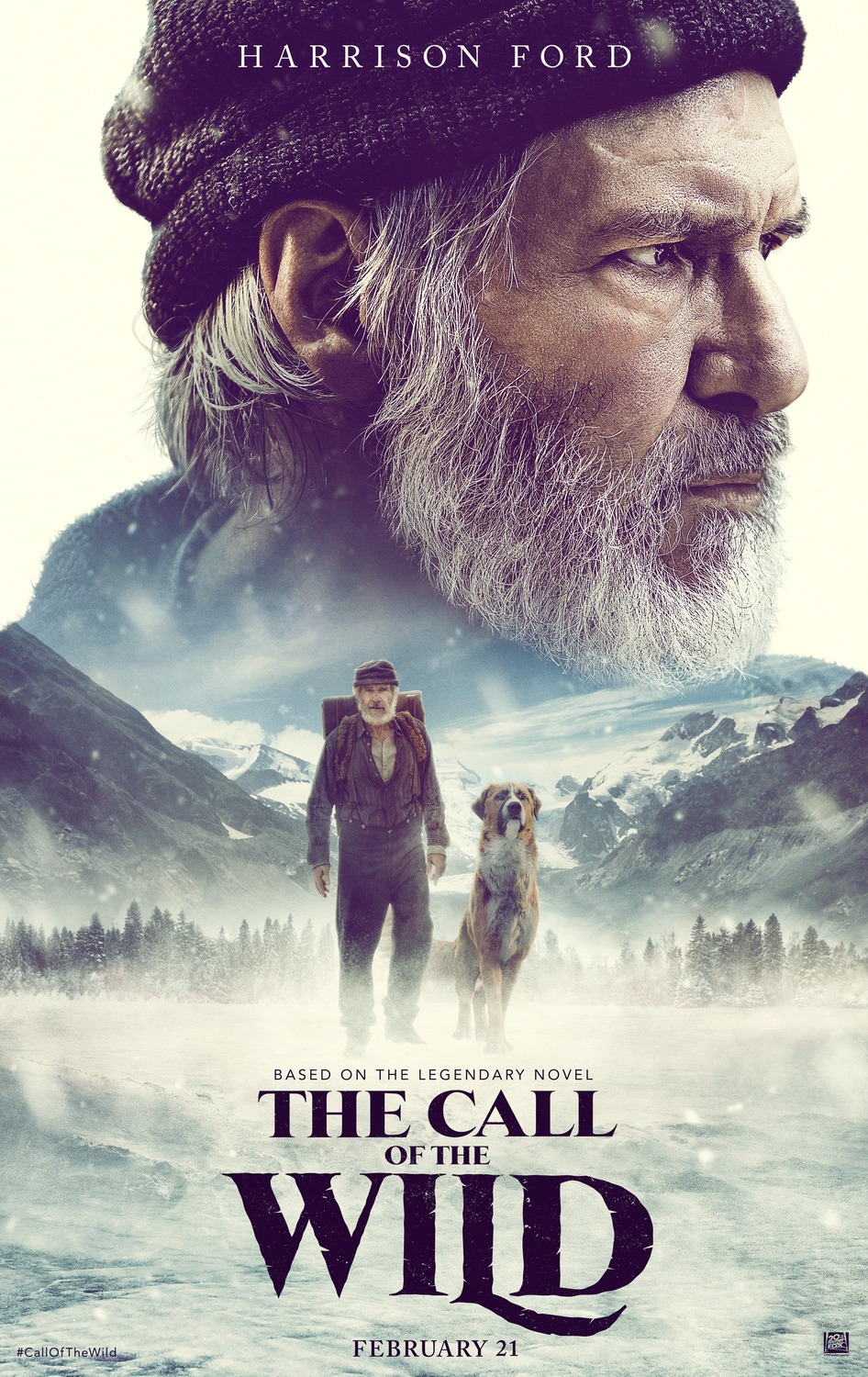As much of an all-time classic as Jack London’s 1903 novel The Call of the Wild is (did anyone survive elementary school without reading it?), it’s no surprise the big-screen adaptations have been rolling out at a fairly consistent trot ever since the first, a 1923 silent film. Despite offering differing takes on London’s narrative, every version has shared one thing in common—a real, living and breathing dog as Buck, the adopted pooch on a series of adventures during the late 19th century Klondike Gold Rush.
The evolution of CGI technology, though, has made it possible for digital artists to make literally anything out of pixels these days—look no further than last year’s “live-action” remake of The Lion King, which was made entirely on a computer, including the animals, the backgrounds, and everything in between.
It shouldn’t be any surprise, then, that every animal in director Chris Sanders’ version of The Call of the Wild is completely fake, whether CGI (bears, elk, and wolves) or via motion capture (stunt man Terry Notary crawling around on all fours as Buck). And that fact is even less surprising given that Sanders’ entire repertoire as a director to this point has been in animation: 2002’s Lilo and Stitch, 2010’s How to Train Your Dragon, and 2013’s The Croods.
So, surprising? No. Problematic? Yes.
Working from a heavily-sanitized screenplay by Michael Green (Blade Runner 2049), Sanders tackles the material as someone far more concerned with the images on the screen than the story driving them. While it’s clearly easier (and more humane, obviously) to use a virtual dog, the result here is an overly artificial canine who is far too expressive—Buck is often more similar to Duke in The Secret Life of Pets than to Lassie. He runs faster than real dogs, moves differently, and at time seems like he’s this close to turning to the camera and winking.
At least Harrison Ford is on hand to save things somewhat. As John Thornton, Buck’s last owner, Ford reprises his now-standard crusty ol’ man persona and brings the film back down to earth. It’s almost mind-boggling that he was able to convincingly turn in such a performance while acting alongside a guy in a bodysuit bedecked with sensors. Dan Stevens, however, doesn’t fare nearly as well as pompous fop Hal, the film’s de facto villain. With a performance that makes Dick Dastardly seem nuanced by comparison, Stevens is the only thing in the movie more cartoonish than the cartoon dog.
Though clearly aimed at the pre-tween crowd (who will care little, I’ll wager, about Buck’s artificiality), The Call of the Wild does include several moments that may be fairly traumatic for youngsters, so be warned. Along with a couple on-screen deaths, including a cute little (CGI) bunny, the story only has a happy ending for those old enough to understand— well, the call of the wild.
If you wander into the theater thinking of the film as an animated feature that includes a couple real people instead of the other way around, you may enjoy yourself at least a little. Otherwise, it’s hard to imagine anyone other than PETA considering it a worthwhile effort.
Rating
2/5 stars
